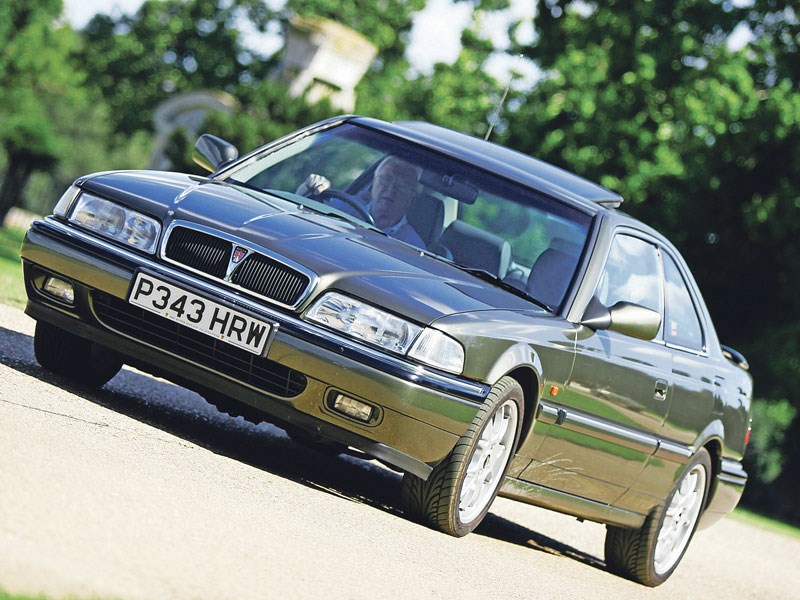‘Cars need to be at least 30 years old and not used daily.’ But the FBHVC has asked Europe to rethink its stance
The European body looking after the rights of classic car enthusiasts believes many cars – even those over 30 – don’t meet its criteria as ‘historic vehicles’.
The Fédération Internationale des Véhicules Anciens (FIVA – the European umbrella organisation of historic vehicle clubs) has defined what it regards as an ‘historic’ vehicle. But the narrow parameters may exclude many accepted classics, deeming them just ‘old’ rather than ‘historic’ – the latter giving them rights to lower or zero taxation.
As FIVA lobbies EU politicians to introduce exemptions from low emissions zones (LEZs), its president Patrick Rollett has identified ‘historic vehicles’ as: ‘A mechanically-propelled road vehicle at least 30 years old, preserved and maintained in a historically correct condition and not used as a means of daily transport. These vehicles are part of our technical and cultural heritage and should not be lumped together with old, badly maintained cars that are used as cheap, everyday transport when considering the problem of urban air pollution.’
This statement is important because if governments and other official and legal bodies accept what a historic vehicle is for one situation, it could lead to this becoming the accepted definition across the board. Thus, nothing built after 1986 would currently be regarded as historic. This would split the production life of some classics, such as the Saab 900 or first generation Range Rover for example, in two, despite there being few major differences between pre- and post-cutoff cars. In addition, anybody who has modified their car could find its historic status denied, however old it is, because it’s no longer in ‘correct condition.’
And using a vehicle everyday could also deny it being regarded as historic. Many enthusiasts have pre-1986 classics that have been modified to make them more suitable for regular 21st century driving. Are they to be penalised for safety-conscious upgrades to their suspension and brakes so that the cars can be used and seen more frequently (ironically ensuring more widespread exposure for ‘technical and cultural heritage’)?
FIVA has yet to reveal how it will closely demarcate and police this definition, and whether ‘daily transport’ might mean precisely that. However, it does seem
that the cut-off date of 1986 may have been influenced by many LEZs targeting diesel vehicles, with FIVA stating that, in
its view, ‘very few historic vehicles have diesel engines’.
The Board of the Federation of British Historic Vehicle Clubs has stepped in to calm members and classics enthusiasts. Geoff Lancaster, communications director of the federation said: ‘These are concepts for use in FIVA’s activities and not intended to be incorporated into European Union or any other law. The FBHVC has requested FIVA withdraw its press release to give FIVA executive time to consider their position on LEZs in the appropriate manner and with due consultation with the national federations.’













